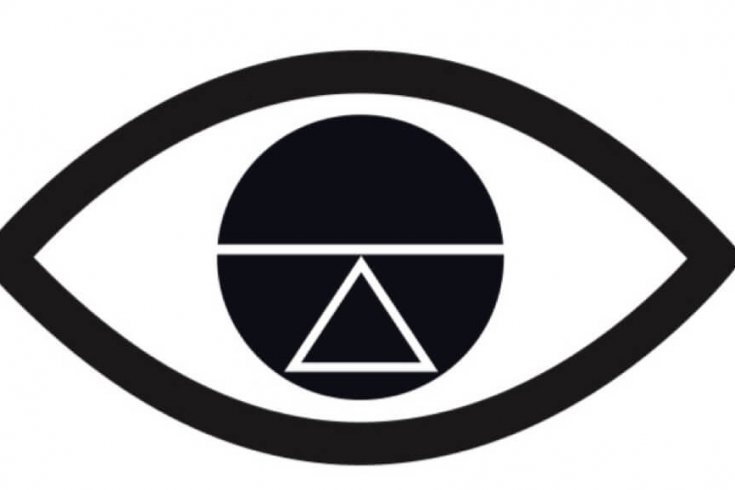
By Saturday, January 7, 2005, the Jane Creba memorial — small bouquets, compassionate poems, candles — had grown steadily, pushing its way across the sidewalk in front of the Foot Locker store on Yonge Street where the fifteen-year-old was gunned down on Boxing Day. As I stood there watching pedestrians stop to pray or just to observe, the poems, taped to the large display window or sitting atop the mounting flowers, flickered in the gentle, unseasonably warm, January breeze. So did the candles, as a young woman stood by to relight those that went out. A man approached, stopped to view the scene, and then laid down a handmade wreath and a teddy bear as his two daughters looked on. With the signs from well-wishers insisting “We will not forget” and “In fond memory of Jane,” the memorial was taking on a sense of permanence.
This quarter of Toronto is lit by a neon constellation where the huge LP discs of Sam the Record Man brighten the night sky, the World’s Biggest Bookstore features the world’s most gigantic banners, Zanzibar sells “exotic lap dancing,” and the Eaton Centre beckons all comers. Here, retailing is God. Not one hundred metres south of Jane Creba’s evolving memorial, at the open corner where Yonge and Dundas streets intersect, one often finds the bucket man — he who hammers plastic pails with heavy sticks in a rain of sweat and rock ‘n’ roll, and sets the body beating to the shopping frenzy. But on this day, Mr. Buckets was replaced by a bagpiper chanting solemn dirges. The wailing sounds cascaded over the din produced by other peddlers of materials elevated and prosaic. The Jesus Saves man was there. So was the man selling pocket Korans, a book that contains “the heart of Islam, a heart people must learn to understand.” Behind a movable kiosk retailing the bric-a-brac of Toronto tourism (pennants, maps, bobble-head dolls), was a salesman of black racial uplift. For two dollars, a dozen or so photocopied pages listing the contributions black people had made to Canada were on offer. And there were other souls lurking about, some selling, most just lumpen, eyes wan from too much time on the street wondering how. But there was talk, much of it voluble and insistent. Death had hit the ‘hood, but the place was alive.
With an election campaign that featured political parties who had abandoned ideology in search of the soft and undecided middle, it was refreshing to hear those who know what they think, whose beliefs have conviction. Jesus may not save, and the Koran may not either, but listening to the hawkers was not unlike attending a dinner party of politically savvy friends who, as the third or fourth bottle of wine makes the rounds, start speaking straight. No hedges, no feints, the phrases “venal careerist” and “she’s got guts” cutting through conversational fog. The election campaign represented retail politics akin to The Rocky Horror Picture Show’s “The Time Warp” — “just a jump to the left and then a step to the right.” The ndp got tough on crime when gun violence hit the streets; Stephen Harper denounced two-tier medicine, baffling the Fraser Institute; the Liberals, as always, failed to state the obvious: of course we spent oodles of cash defending federalism in Quebec — the bastards on the other side were spending more to defeat it; Gilles Duceppe plotted from the sidelines, thinking “anything at all for 50 percent plus one.”
Every high-school kid learns of the political spectrum, a line from left to right balanced on a triangle. The apex of the triangle is needle-fine, suggesting that the precise middle is like the number zero, a useful concept but empty of meaning. And yet, during the federal campaign, all political eyes focused on that ephemeral pivot point. We were told that capturing the undecided, the growing multitudes in the middle who just weren’t sure, would mean electoral success. Maybe. But if their ranks are swelling, could it be because the political parties themselves are forever taking a step to the right or to the left as they dance with the undecided? Or is it that a shot rings out on a busy downtown street and the politicians scramble to hit the right note.
The craven pursuit of the middle or the middling pursuit of the craven: take your pick. The cacophony at Yonge and Dundas did not reflect the latest poll and was not grounded in focus-group information. It might strike political rainmakers and fixers as naive, but what it lacked in polish it made up for in clarity. One gent told me: “They all just want to be red Tories. We had that once, and now it is gone.” By Monday, January 9, Jane Creba’s memorial was gone too, the sidewalk swept clean of melted wax and lost petals. The memory, like that storied political tradition, had been erased so that the retailing drumbeat can hammer on.

